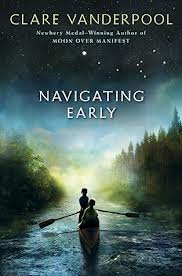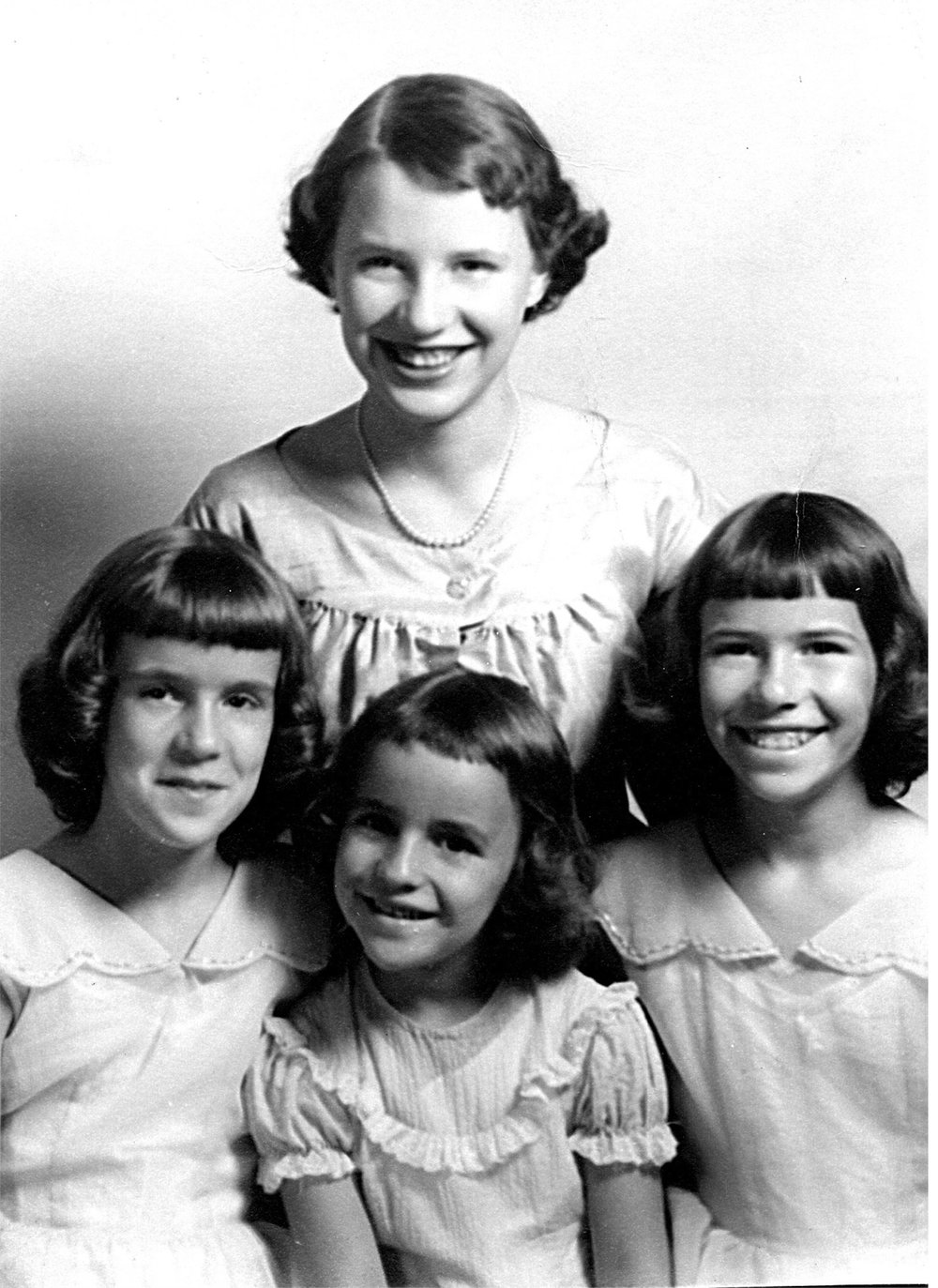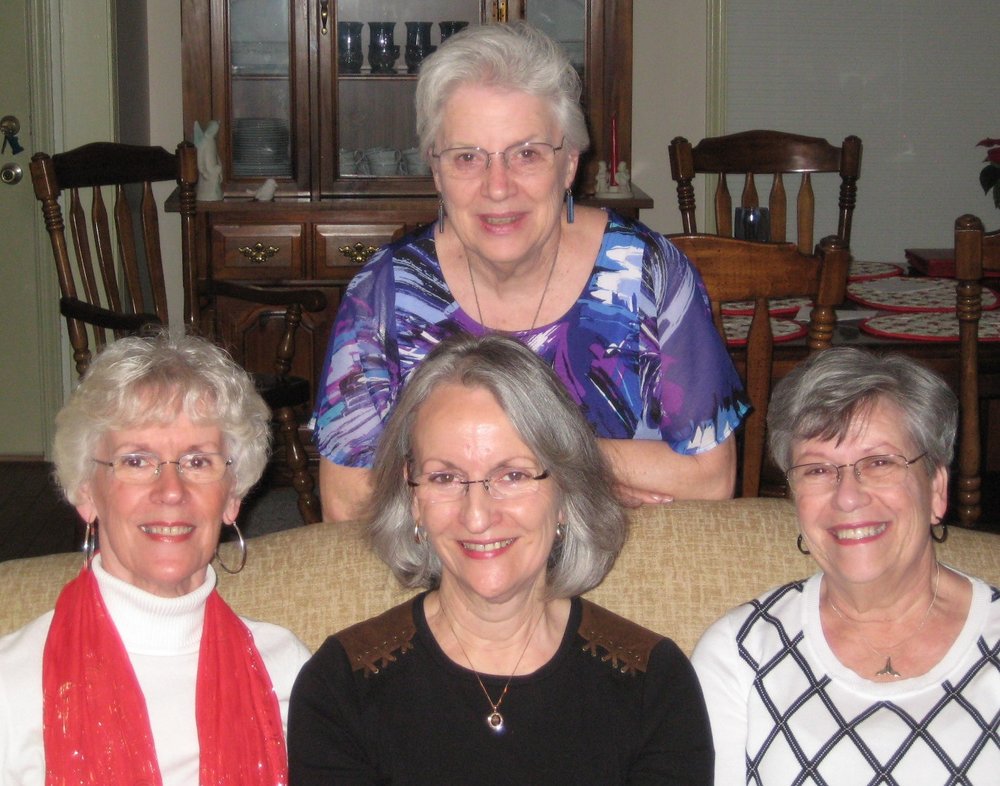
Jo somehow manages to work her own writing in around her busy schedule with a number of books to her credit, many of them carrying a justice theme. That’s where the good thing that happened to her comes in. In the tribute to Rosa Parks in the recent unveiling of the Parks statue in Washington, DC, the newspaper ran a picture of President Obama holding a little boy with a book. The book was Rosa’s Bus: The Ride to Civil Rights by Jo Kittinger. You can see it for youself at http://huff.to/XD1i3g. The picture book is the well-told account of the bus on which Rosa rode with the history of the time sandwiched inside.
After seeing the picture, I hurried back to get my copy which she signed at the Faye B. Kaigler Book 
P. S. This also works if the good person is a relative. While I was writing this piece, the news broke internationally of my cousin Dr. Hannah Gay’s breakthrough work with an HIV positive baby. Family memories of Hannah include her reaction when my father called her a “precocious child.” It didn’t sound like anything she wanted to be. Hands on her hips, she protested, “I am not a ‘cocious child.” For many years now, our other memory is the every present phone – even when she was at family gatherings or on vacation – by which she could be paged from the hospital where she took her work with HIV babies seriously. My prayer is that the promise of her work can be replicated and multiplied for babies worldwide. I do wish Daddy was here to see how well his prediction turned out.



























